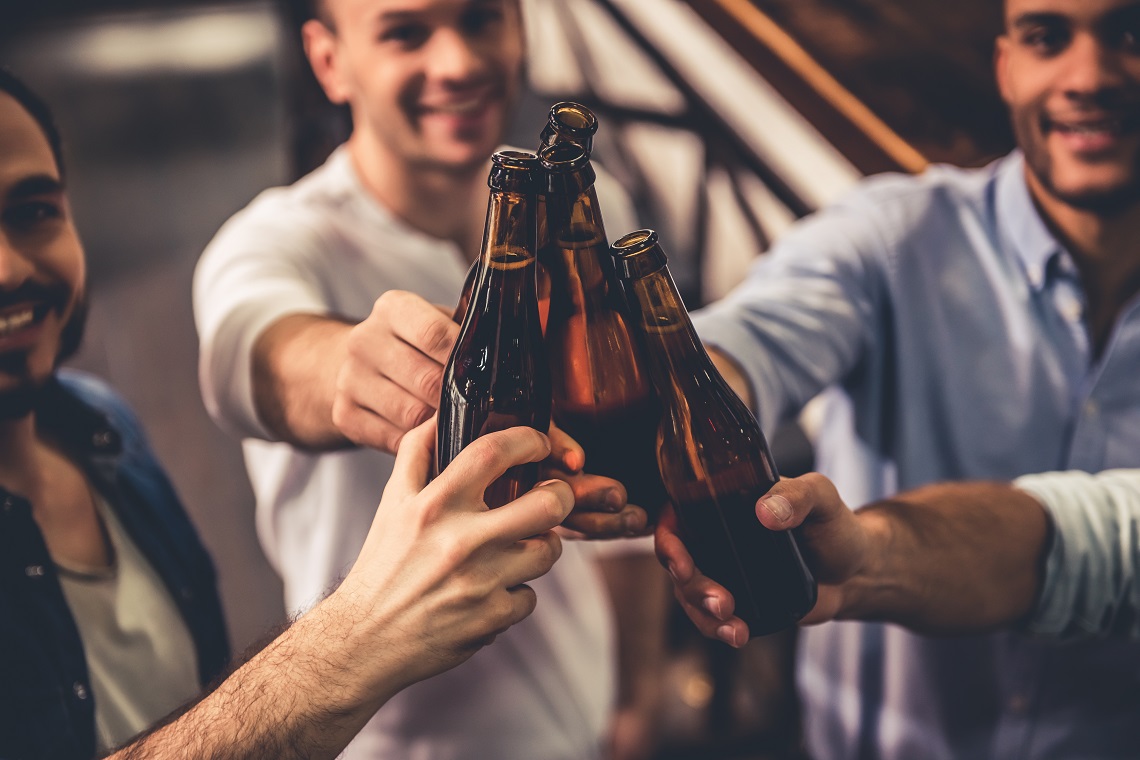In the 2021 National Liquor News Industry Leaders Forum, Laurie Wespes, CEO of Snooper, wrote about the future of the no and low alcohol (nolo) beer market, and how retailers can best support such a future.
It’s probably safe to say that no and low (‘nolo’) alcohol products, whilst perhaps leaving infancy and moving into toddlerhood, are unlikely to be a fad or flash in the pan given the overarching consumer trends they tap into.
As with any new product category or segment, its instore execution likewise goes through growing pains. Snooper’s shoppers recently had a look at how nolo beer is being executed in-store and found a number of opportunities for improvement, which we’ll discuss in this article. But first, some context.
The nolo beer market
According to Drinkwise, in 2017 one in five adult Australians were avoiding alcohol and this was up from 11 per cent compared to seven years prior. This has likely increased further since, given the ‘mindful drinking’ trend linked to increased health consciousness that has only been exacerbated by the COVID pandemic, where an Illuminera study indicated that subsequent to initial overindulgence in both snacking products and alcohol earlier in the pandemic, consumers are looking to both reduce their consumption and switch to healthier alternatives. Accordingly, IRI data from April 2020 showed Heineken 0.0 and Carlton Zero to be among the top five beer brands in unit growth.
Further, alongside an industry push to moderation, consumer abstention events such as Dry July, FebFast and OcSober have proliferated and represent good occasion based marketing opportunities for no-alcohol beverages.
Within beer, in 2018 nolo beer in Australia sat at 0.02 per cent share of beer, according to IRI data. By September 2019 no-alcohol beers were up 50 per cent versus 2018. Meanwhile, BWS has seen no-alcohol beer sales increase 60 per cent last summer and Carlton & United Breweries (CUB) has been quoted as predicting no-alcohol beer to account for two per cent of total beer by 2025. Globally, no-alcohol beer is projected to have a five per cent share of total beer by 2027. AB Inbev has gone a step further, looking for low and no-alcohol beers to comprise 20 per cent of their volume.
Industry response: product proliferation
The ability of nolo beers to compete with non-alcoholic sodas and beverages such as kombucha has been driven by the introduction of new products, beginning with variants from the majors. For example, CUB’s Carlton Zero in 2018 was followed by Lion’s Heineken 0.0 and Peroni Libera in 2019.
Since then some of the craft brewers have got in on the act, both overseas (such as Mikkeller and Brewdog), and domestically (such as Modus’ Nort, Stockade, Mornington). It should be noted that Germany, meanwhile, has long been producing no-alcohol beers, by the likes of Weihenstephaner, Erdinger, Holsten and Clausthaler.
Now we are also seeing the introduction of specialist noalcohol beer brands, such as Nirvana, Upflow and Sobah.
The size of the nolo category, across liquor segments, is such that there are now nolo specialist retailers such as the online pure play company called Sans Drinks.
Execution: where to put nolo beer?
New category segments beg the question – where should it be located in-store? With nolo products, a few options are currently being trialed. In the UK some stores are ranging no-alcohol products from all categories together in a dedicated bay, while in the Netherlands, category layout by ABV level is being trialed.
Here in Australia locations vary, reflecting the current lack of knowledge about how shoppers navigate the no-alcohol segment (e.g. searching for brand first versus ABV first). In a review of no-alcohol beer in-store execution in December 2020 across national and independent banners, our Snooper shoppers identified that a common strategy was to block no-alcohol beer brands together but not necessarily next to mid-strength and full-strength products.
An ambient display of 13 no-alcohol beer brands was observed in some Dan Murphy’s stores. However, in some IGA and Liquorland stores no-alcohol beer was located adjacent to full-strength, ostensibly to leverage brand recognition and navigation. Other independents were positioning no-alcohol beer next to midstrength, which depending on pricing could also be a premiumisation play. Some Bottlemart stores were taking a leaf out of the UK’s book, placing all no-alcohol categories together with non-alcoholic wines being adjacent to beer.
We observed a high penetration of no-alcohol beers in the stores we visited, but a low SKU count per store (although some independents were ranging more than five no-alcohol beer brands). Whilst Heineken 0.0 and Carlton Zero were most prominent, other brands widely observed included Peroni Libera, Great Northern Zero, Nort and Corona Cero.
However, share of space in the fridge under indexes at typically less than a shelf, which does not reflect the industry’s growth expectations, with some cases of the major brands observed in cool rooms of national banner stores. Further, POS is lacking versus other categories such as seltzer where category visibility and shopper education is supported by fridge decals and wobblers. Our Snoopers found limited use of branded materials at fridge for no-alcohol beer, with the exception of alcohol-free wobblers in BWS.
From the above it can be deduced that instore execution currently lags behind actual category growth and future growth expectations. Ranging both within category (fridge, coolroom, ambient) and cross category in no-alcohol bays may be required. We also expect share of shelf to improve if manufacturers and retailers want to capitalise on the full potential of this trend. More prominent signage in no-alcohol bays and POS at fridge and on-floor supported by occasion based marketing is required to help shoppers navigate this growing category. If those things occur, 2021 may be the year no-alcohol beer establishes its rightful place.
Get more great Leaders Forum stories like this straight to your inbox alongside all the latest off-premise industry news by signing up to the National Liquor News newsletter here.

